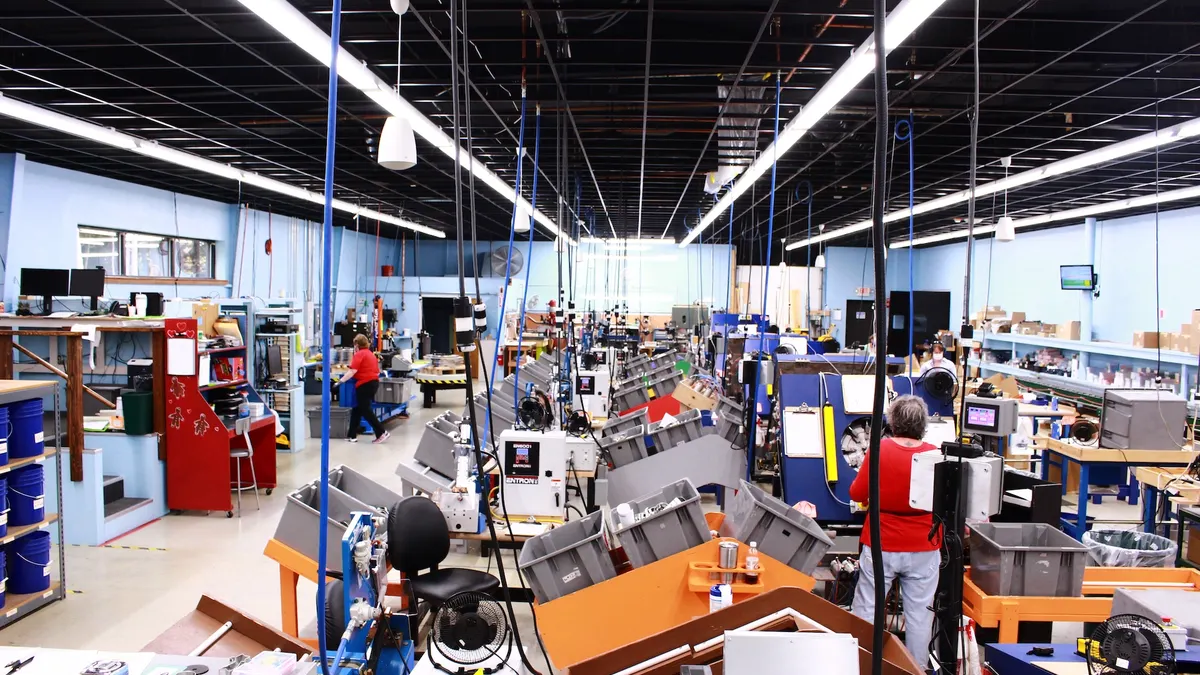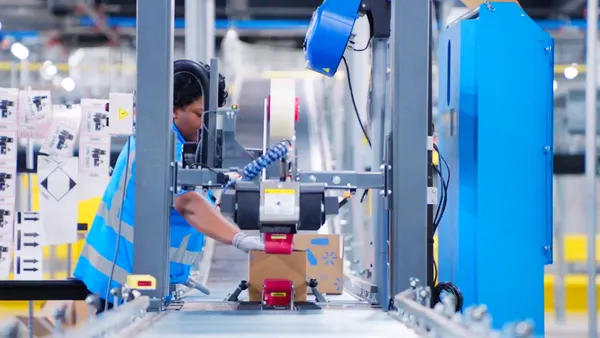This is Patent Pending. Supply chain-related patent applications are published every day and this is where we'll talk about the ones that could have the biggest impact on the supply chain and the ones that challenge the norm. We want to give you an idea of where supply chains are heading and what the industry is thinking. Read the last issue here.
Bidding on a job? Let the computer do it.

When a service provider bids a client for a job, there are variables with different degrees of importance. Is the job profitable? Will it help the company grow? Heck, will we even win?
Juggling these considerations across a multitude of bids could be burdensome for a human. But IBM has plans for a system that would automate the process and allow for a series of machine learning algorithms to make the decision of whether to place a bid, according to a patent application published last month.
- The system envisioned by IBM would take in unstructured data on a bid, including RFPs, related news data, communications between the provider and client, and information from the procuring organization's website, according to the patent.
- The structured and unstructured data will be used by multiple models to answer questions related to expected growth and revenue, and if winning the bid is likely.
- The conclusion based on the models will determine if the provider should place a bid.
Read up:
-
Technology helps find new suppliers, but it's not the be-all and end-all
-
Convoy to allow carriers to bid directly to shippers on loads
Confident drones, confident flight

The latest in a series of drone-delivery-related patents from Walmart lays out a fully automated system that attempts to account for the inherent fragility of drones.
Drones are often in need of maintenance, which can complicate the process of determining which drone should be paired with a package, according to a patent application from Walmart published last month. Walmart's plan relies on confidence levels to account for and determine a drone's maintenance requirements.
Every drone will calculate two confidence levels:
- Ability to land at the landing station.
- Ability to deliver the package.
The drone will consider its battery level, the size of the package, the weather, current maintenance status and other variables when calculating confidence levels. The landing station will request the confidence level for the drone when determining which vehicle should deliver a package. The level "should approximate one hundred percent, the aeronautical standard for civilian operations," the application reads. The level will help to determine if the drone will need to fly to a maintenance station rather than the loading station.

If a drone's confidence level indicates it can make a delivery, it will go from landing station to loading station, otherwise it will go to the maintenance station. A conveyor belt or roller would be used to transport the drone from the landing station to other locations.
Robotic arms would assist in the maintenance and loading of the drones. If approved for delivery, it will move from the loading station to the launch station where it will take flight.
Read up:
Amazon's RFID racks

Placing inventory on a support bar, like the one shown above, is common in retail storefronts and in warehousing. But it can be difficult to know how much inventory is left on a bar, according to a patent application from Amazon published last month. Amazon's proposed solution is an RFID reader placed right above the support bar.
The RFID reader would communicate with RFID tags on the inventory. The reading would allow a user to know when inventory is stocked on the support bar, but also when it has been removed. The information from the RFID reader can be passed along to the company's network where it can inform stocking for online marketplaces.















